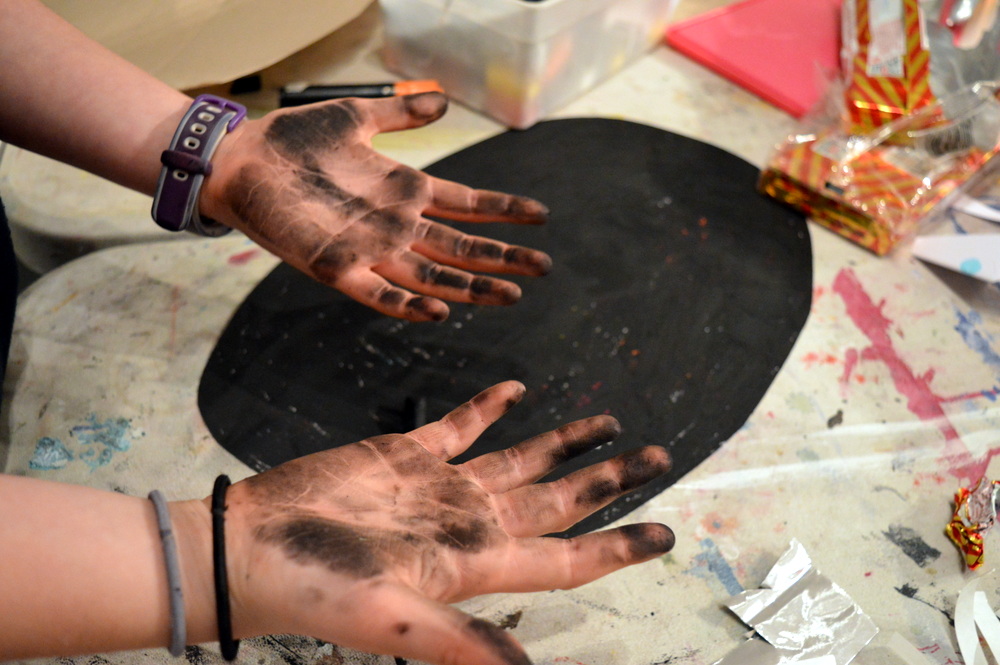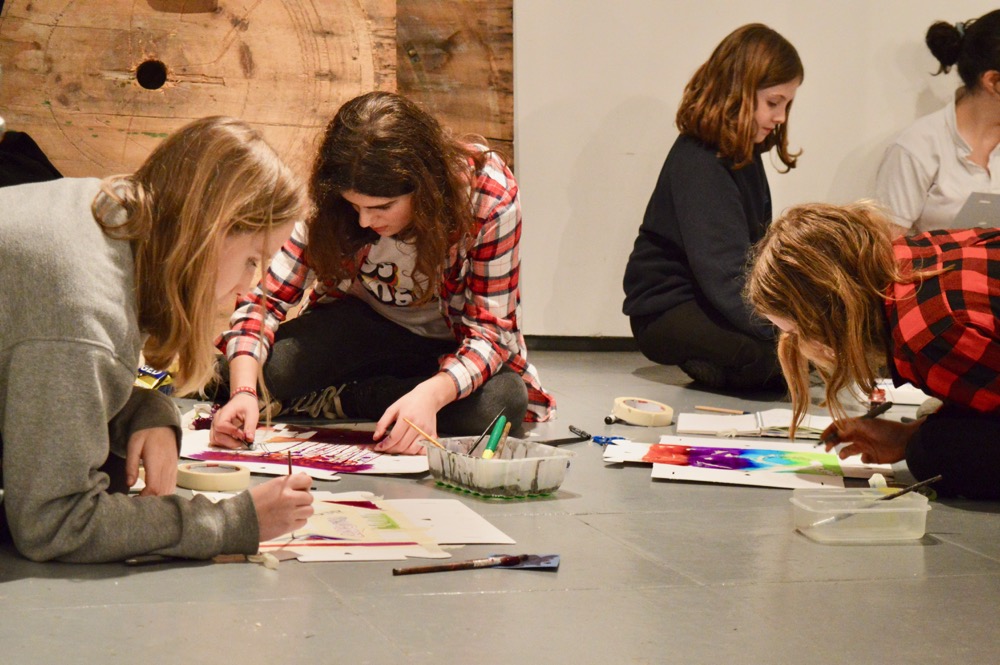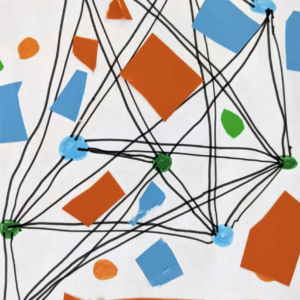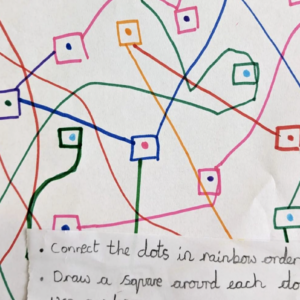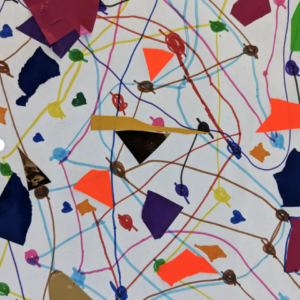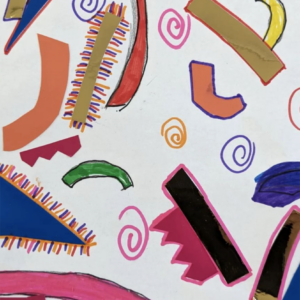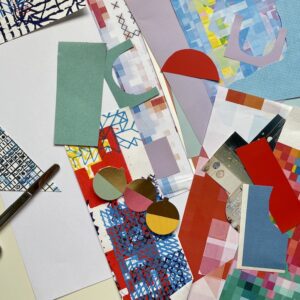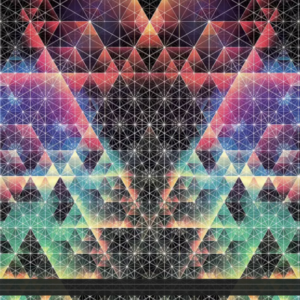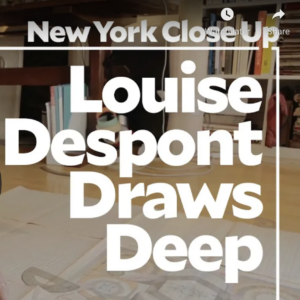Rules and Resolutions
Toolbox
The motivation for this series of six independent workshops is to expand our toolbox of conceptual approaches and practical techniques, in order to develop a rich artistic vocabulary and expressiveness. In each class we explore a theme and focus on a particular media.
We begin the series by considering Rules and how these lead to Resolutions, and in the next class we explore Journeys and the stories we make to tell them. For the third class we work with Layers of time or location and in Tall Skinny, think about asserting and making your presence felt. With Passageways we work with the idea of doorways and transitions, and in the final class, Graffiti, we think of rebellion and how we feel about challenging rules.
For each class I introduced new techniques and media, ranging from constructional media- tape, wire, string, to watery or linear materials- watercolour, markers, powdered pigments. I also made available a range of materials for the class to use if they wished.
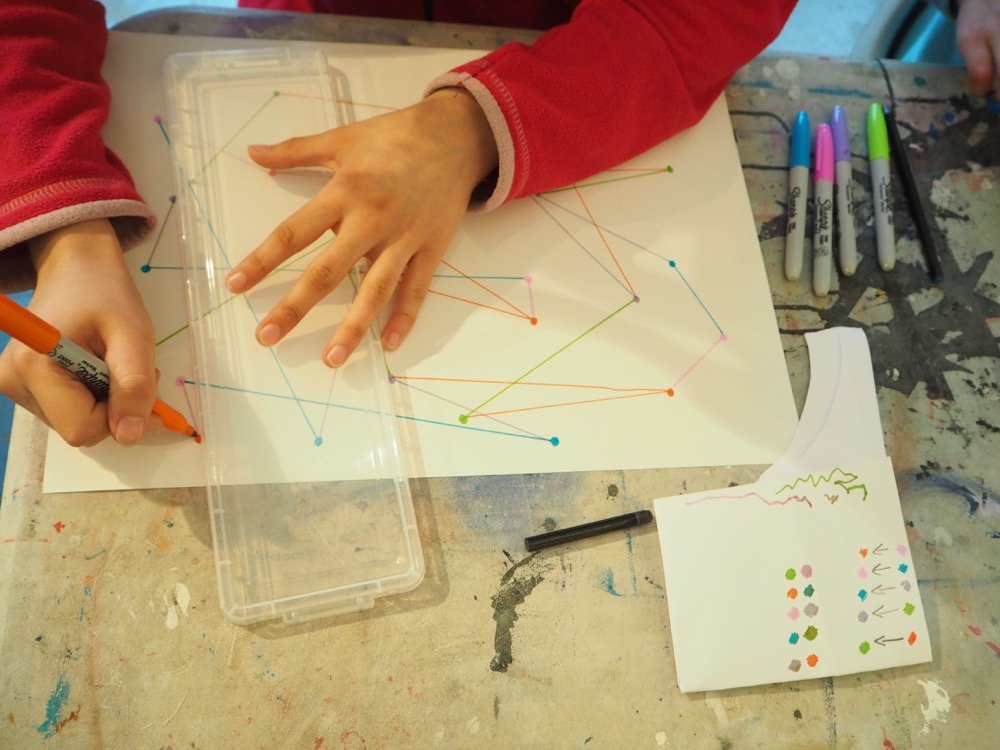
To access all content, I would like to join as…
AccessArt is a UK Charity and we believe everyone has the right to be creative. AccessArt provides inspiration to help us all reach our creative potential.

